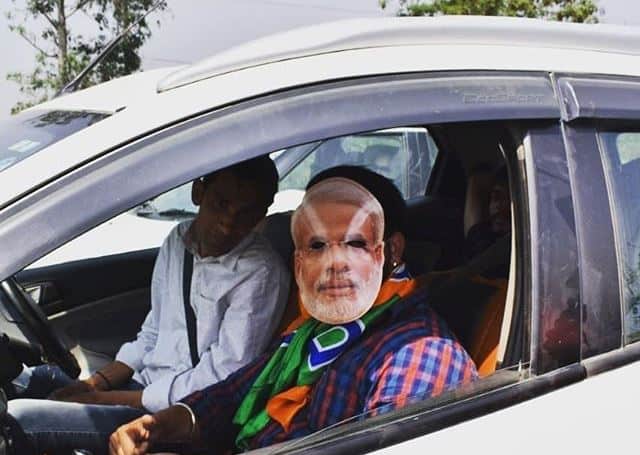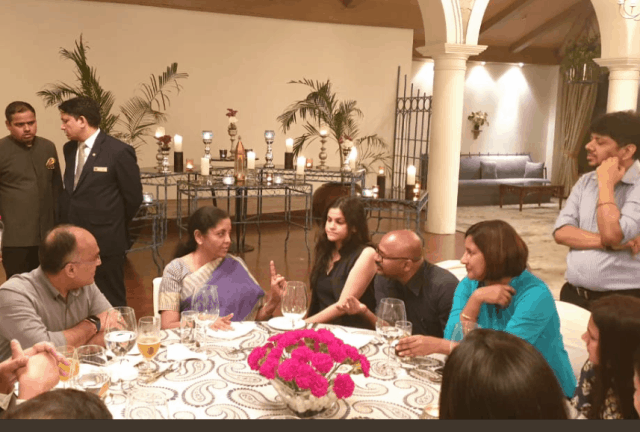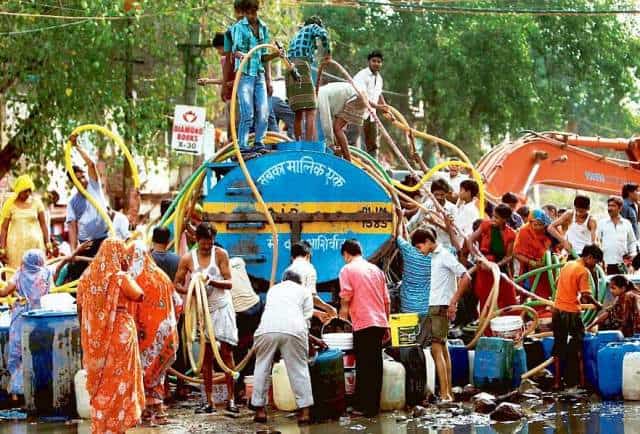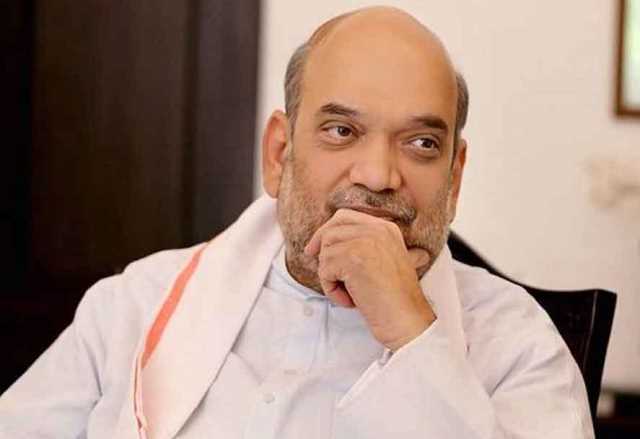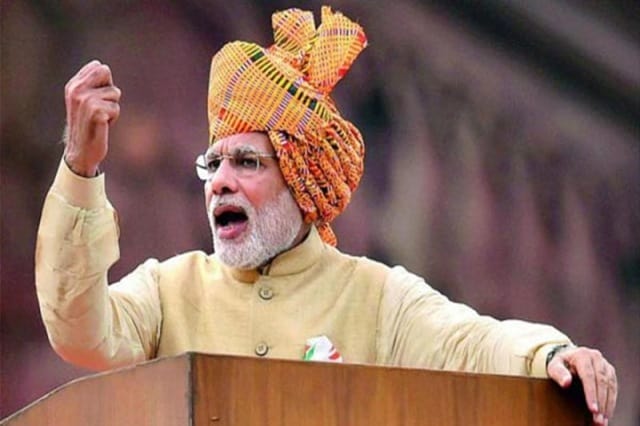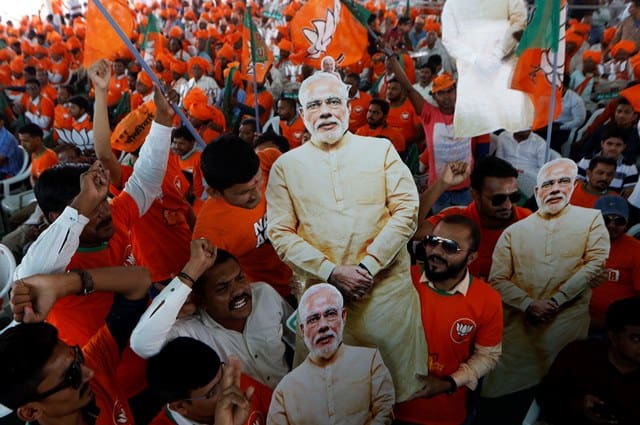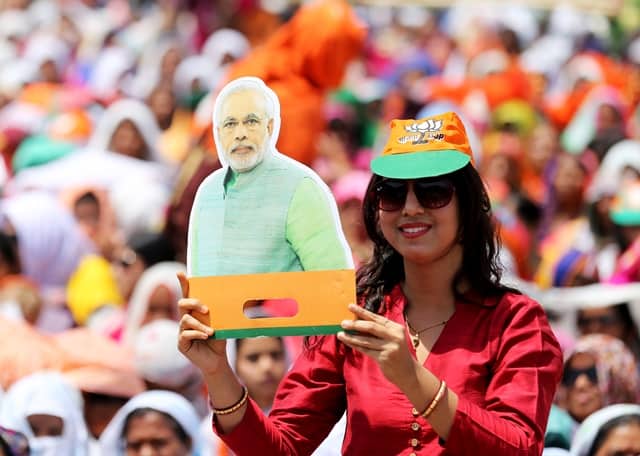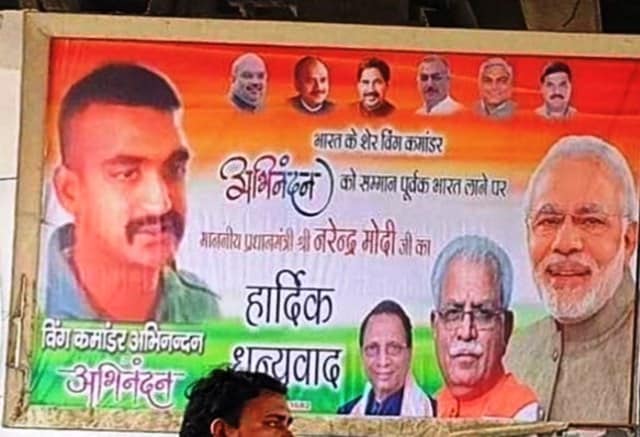In a recent cover story, a leading Indian newsmagazine published an opinion poll, which found that a large majority of Indians think India’s Prime Minister, Mr Narendra Modi, towers above all other politicians and how for many of them, he evokes a sense of blind faith. The magazine’s cover headline blared: “Modistan” with a tagline that read “The nation is in the grip of Modimania. Indians believe he has all the answers.” According to the poll, Mr Modi’s approval ratings are sky high among respondents, making him the most popular Indian prime minister ever.
That cover story could indeed reflect the mood of the nation three months after Mr Modi and his party were re-elected in a sweeping electoral victory, but it also reflects the mood of much of Indian media, which has (with a few rare exceptions) been overtly effusive with its plaudits for the government and the Prime Minister. To keen observers of India’s current affairs, this could seem incongruous. While Mr Modi and his party decimated their political rivals—the Bharatiya Janata Party and its allies won 353 of the 543 seats in the crucial lower house of Parliament—and for that they deserve the requisite accolades, several disturbing trends have emerged in the country that deserve sceptical analysis. Let’s look at just three of them.
The Indian Economy Is Ailing
In her first Budget recently, India’s new finance minister, Ms Nirmala Sitharaman, declared that India’s GDP would touch USD 5 trillion by 2025 (or double the current level of USD 2.7 trillion). If India has to achieve that target in six years, its economy has to grow at a nominal rate of 12% a year beginning now. Even to the gushiest supporters of India’s government that should look like a very tall order. Let’s view it from another angle: In order to achieve a GDP target of USD 5 trillion, India would require investments to the order of ₹100 lakh crore over the next five years.
Recently, India’s largest corporation, Reliance Industries, which is a massive conglomerate with interests in oil refining, petrochemicals, telecoms, retail, and a host of other major businesses, indicated that it was applying brakes on its investment spree and, presumably, consolidating its position across its businesses instead of expanding. An important rationale for corporate investment decisions is linked to the outlook that companies perceive for their businesses. If a large corporate entity such as Reliance decides to go slow on further investments, could it mean that it senses dark clouds on the horizon? And if Reliance decides to play it safe, could it mean that other, relatively smaller organisations may also follow suit?
Gloomy economic trends have already begun to show up. The Indian auto industry, which is often a good indicator of economic activity, particularly in the manufacturing sector, has already reported a slowdown in sales. Last month car sales declined 30% on a year-on-year basis, a sharp drop and the worst that the industry has seen in nearly 20 years. What is more, this is the ninth consecutive decline in monthly sales that the industry has witnessed. This could lead not only to a cap on further investments but also lay-offs and soaring inventory. Mr Modi’s “Make in India” scheme, which he launched in his first term as Prime Minister, aimed at increasing the share of the manufacturing sector from 16% of GDP to 25% by 2022 and at creating 100 million jobs in the sector. But thus far, the track record of job creation and investment has been far from encouraging, and if the auto sector’s travails are any indication, things could get worse.
The Rise Of Nationalism Is Alarming
Now, turn the focus to the trends emerging in Indian society and the cause for concern may seem serious. One of the hallmarks of India’s democracy has always been its pluralism. Few nations are as heterogenous—ethnically, religiously, linguistically, or culturally—as India is. Peaceful co-existence has always been cited as the glue that keeps a nation of 29 diverse states together. Of course, there have been separatist movements in India—in Kashmir, in Punjab, and in the demands (often acceded to by the government) for separate states based on different factors. Yet, the bedrock that has enabled India to fight Balkanisation of the kind that many other regions of the world have experienced, often accompanied by violent upheavals, has largely remained unmoved.
Such pluralistic values could now be at risk. These concerns stem from recent developments in two states—Jammu & Kashmir (J&K), and Assam. Mr Modi’s government recently decided to revoke the statehood status of J&K and converting it to a Union Territory, which, for all practical purposes, means that it will be governed not by an elected state government but by a governor acting as a proxy for the central government in Delhi. Further, the special status that Kashmir has enjoyed under Articles 370 and 35A of the Indian Constitution, will now be revoked. Since India’s Independence in 1947, Kashmir has been an area of dispute between India, Pakistan and China. The special status that it enjoyed thus far allowed Kashmir to have a separate constitution, a state flag and autonomy over the internal administration of the state, including things like granting citizenship, ownership of property, and fundamental rights.
Since 1989, Kashmir has witnessed a surge in militancy, much of which, India believes, is fuelled by cross-border terrorism from Pakistani territory, with benign or even active support of that neighbour-country’s military. Several wars have been fought with Pakistan over areas in the region that it occupies. And there have also been skirmishes with China over territory that the latter wants to appropriate. However, the special status to Kashmir is something that the largely Muslim population of that state has supported and would like to be continued. Currently, in the wake of the decision to revoke statehood and rescind the special status, Kashmir has been under what could be called a “communication curfew”—telecom links have been nearly completely blocked and local unrest is being tackled by the Indian military force.
While the rest of India’s largely Hindu population (80% of Indians are Hindus and 14% Muslims) may seem ambivalent about the goings on in Kashmir, bigger repercussions in the rest of the country could be imminent. Mr Modi’s party, the BJP, and his government are unabashedly pro-Hindu. In his first term (between 2014 and 2019), communal tensions, fuelled by instances of alleged cow slaughter by Muslims, or over disputed religious sites, sharply increased, sometimes culminating in violent confrontations and even a series of incidents where Muslims were lynched by members of the ultra-right-wing Hindu organisations. There is no guarantee that tensions in Kashmir will not spill over to the rest of India.
In Assam, on the eastern border of India, the government has imposed a registry of citizenship ostensibly to check illegal immigrants (mainly Muslims who have entered the country via Bangladesh). All residents of the state have to prove their Indian credentials before they can be allowed to stay in the country. This has led to a serious unrest, primarily because the implementation of the new law can be easily abused. Millions of Muslims risk being stripped of their Indian citizenship and being detained in camps as migrants, prior to possible extradition.
The gnawing fear is that such laws could be imposed across India in other states as well where the government believes illegal migrants have settled. If that happens, it could lead to explosive consequences. First, the implementation of such laws could be abused wantonly, and many legal immigrants could suffer. Second, it could further fuel already rampant anti-Muslim sentiments among sections of India’s majority community and lead to an undesirably hostile environment that would threaten the very idea of a pluralistic nation.
The Opposition And Media Are Neutered
In any democracy, a strong Opposition is as essential as a free press. Opposition parties keep a healthy check on governments, particularly those that are electorally as powerful as Mr Modi’s so that institutions such as the judiciary, the central bank, and other market regulators function fearlessly and independently. Likewise, a vibrant democracy deserves a free press that can ask questions of those in power and scrutinise the quality and fairness of governance. Unfortunately, in India, particularly after the past two parliamentary elections, the biggest Opposition parties have been decimated. The BJP’s main rival, the Congress party, which could win only 52 seats (a paltry percentage of the total of 543), is hobbled. Its president, Mr Rahul Gandhi, has resigned and signs of rebellion in its ranks have already emerged. Other political opponents of the BJP and its allies are mainly ones that have regional clout but not a national influence that could make a difference.
The Indian mainstream media, which has traditionally enjoyed freedom of expression, now appears to be a laughable caricature of itself. Leading newspapers, magazines and TV news channels have embraced sycophancy instead of objective scepticism when it comes to covering the government and its affairs. The government, which is a big advertiser providing revenues to media groups, has tacitly (and sometimes overtly) used this to influence editorial strategies. Such a trend is not just harmful to the quality of journalism but, eventually, to the core values of a democracy. And while “Modistan” makes for a catchy, eye-ball grabbing headline, it doesn’t really bode well for the idea of India and the democratic values that the nation has cherished for long.
]]>